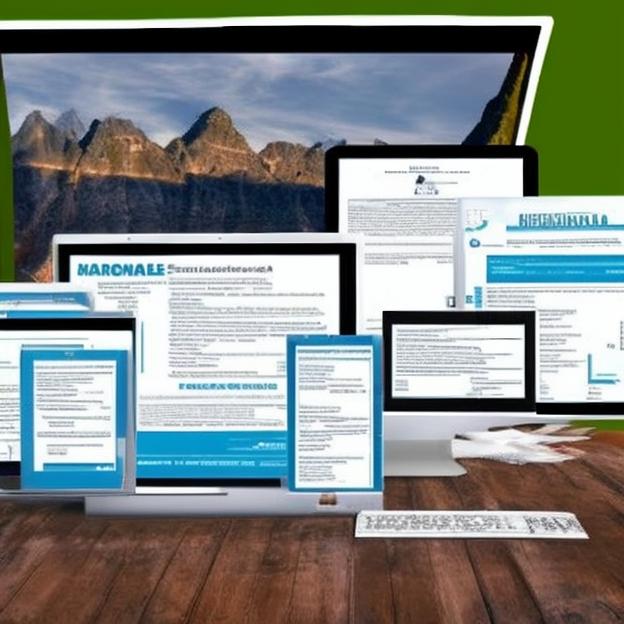
Accounts Payable Automation Systems Essential For Effective Administration

Accounts Payable Automation Systems Essential For Effective Administration
In the realm of modern business operations, efficiency and accuracy are paramount. Accounts payable automation systems have emerged as indispensable tools in achieving these objectives. By streamlining the accounts payable process, these systems offer a plethora of benefits, including reduced manual labor, enhanced data accuracy, improved cash flow management, and heightened control over financial transactions.
Accounts Payable Automation Systems Essential For Effective Administration
In today's fast-paced business environment, efficiency and accuracy are paramount. One area where these qualities are especially crucial is accounts payable (AP) processing. Managing invoices, payments, and other financial transactions manually can be time-consuming and error-prone. This is where accounts payable automation systems come into play, offering a range of benefits that can streamline operations and enhance overall financial management.One of the primary advantages of accounts payable automation is its ability to reduce manual labor. By automating repetitive tasks such as data entry, invoice approval, and payment processing, businesses can free up their accounts payable staff to focus on more strategic and value-added activities. This not only increases productivity but also minimizes the risk of human error, ensuring greater accuracy and reliability in financial transactions.Another key benefit of accounts payable automation is improved visibility and control over financial processes. With an automated system, businesses can easily track and monitor invoices, payments, and other financial data in real time. This enhanced visibility enables better decision-making, as managers can quickly identify and address any discrepancies or potential issues. Additionally, automated systems provide robust reporting capabilities, allowing businesses to generate customized reports and gain valuable insights into their financial performance.
Streamlined Approval Processes
Accounts payable automation systems also streamline the approval process for invoices and payments. By setting up customizable approval workflows, businesses can ensure that invoices are routed to the appropriate individuals for review and approval. This eliminates the need for manual routing and chasing of approvals, significantly reducing the time it takes to process invoices and make payments. Furthermore, automated systems provide a clear audit trail of all approvals, enhancing transparency and accountability within the organization.In addition to these core benefits, accounts payable automation systems offer several other advantages that contribute to effective administration. These include improved supplier relationships, enhanced cash flow management, and reduced costs associated with manual processing. By embracing accounts payable automation, businesses can gain a competitive edge, optimize their financial operations, and drive growth in the digital age.
Enhanced Security and Compliance
Accounts payable automation systems also play a crucial role in enhancing security and compliance. By automating financial processes, businesses can safeguard sensitive financial data from unauthorized access and potential fraud. Automated systems employ robust security measures, such as encryption, access controls, and audit trails, to protect against cyber threats and ensure the confidentiality of financial information. Moreover, these systems facilitate compliance with various regulatory requirements, reducing the risk of penalties and reputational damage.In conclusion, accounts payable automation systems are essential for effective administration in today's business landscape. By automating repetitive tasks, improving visibility and control, streamlining approval processes, and enhancing security and compliance, these systems empower businesses to optimize their financial operations and achieve greater efficiency, accuracy, and growth.